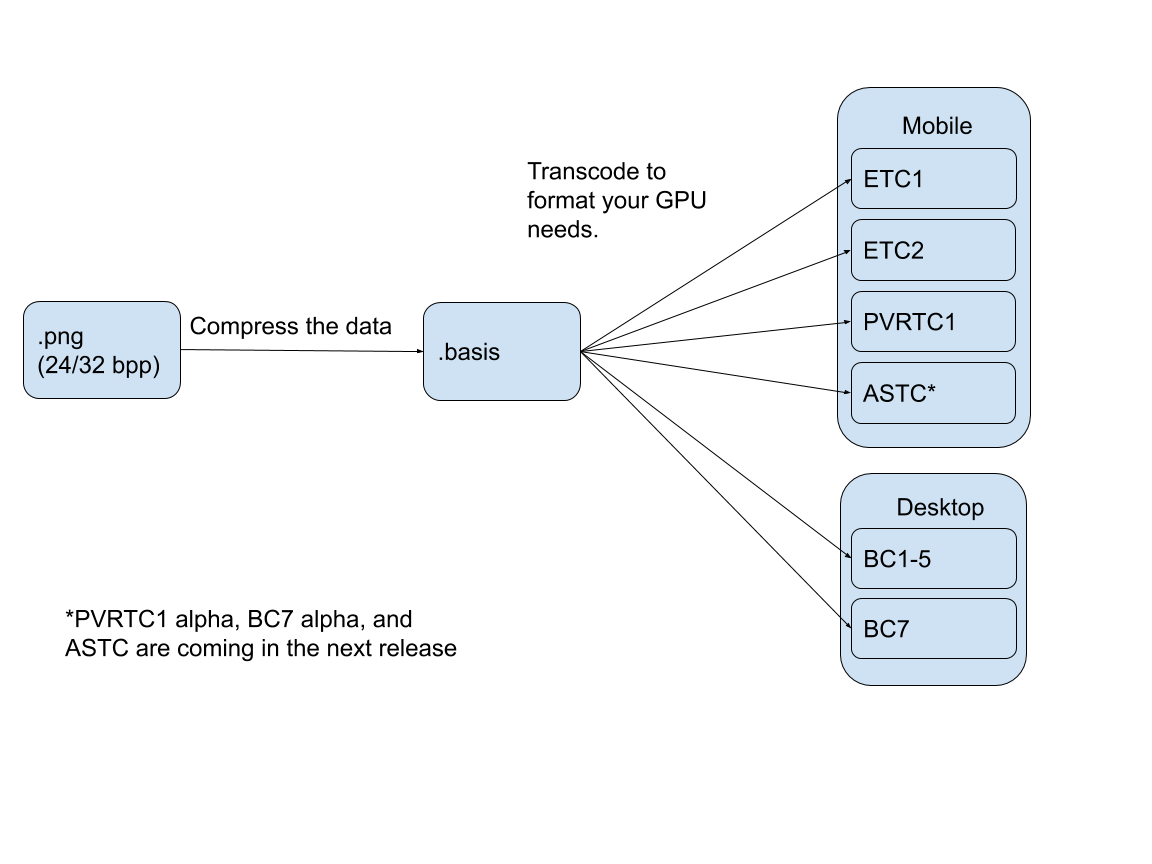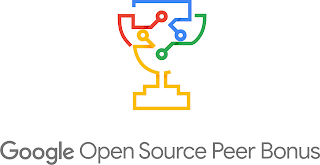Google’s belief in an
open cloud stems from our deep commitment to open source. We believe open source is an essential part of the public cloud: It’s the foundation of IT infrastructure worldwide and has been a part of Google’s foundation since day one. This is reflected in our contributions to projects like Kubernetes, TensorFlow, Go, and
many more.
Today, we’re taking our commitment to open source to the next level by announcing strategic partnerships with leading open source-centric companies in the areas of data management and analytics, including:
- Confluent
- DataStax
- Elastic
- InfluxData
- MongoDB
- Neo4j
- Redis Labs
We’ve always seen our friends in the open-source community as equal collaborators, and not simply a resource to be mined. With that in mind, we’ll be offering managed services operated by these partners that are tightly integrated into Google Cloud Platform (GCP), providing a seamless user experience across management, billing and support. This makes it easier for our enterprise customers to build on open source technologies, and it delivers on our commitment to continually support and grow these open source communities.
Making open source even more accessible with a cloud-native experience
The open-source database market is big, and growing fast. According to SearchDataManagement.com, “
more than 70% of new applications developed by corporate users will run on an open source database management system, and half of the existing relational database installations built on commercial DBMS technologies will be converted to open source platforms or [are] in the process of being converted."
This mirrors what we hear from our customers—that you want to be able to use open-source technology easily and in a cloud-native way. The partnerships we are announcing today make this possible by offering an elevated experience similar to Google’s native services. It also means that you aren’t locked in or out when you are using these technologies—we think that’s important for our customers and our partners.
Here are some of the benefits these partnerships will offer:
- Fully managed services running in the cloud, with best efforts made to optimize performance and latency between the service and application.
- A single user interface to manage apps, which includes the ability to provision and manage the service from the Google Cloud Console.
- Unified billing, so you get one invoice from Google Cloud that includes the partner’s service.
- Google Cloud support for the majority of these partners, so you can manage and log support tickets in a single window and not have to deal with different providers.
To further our mission of making GCP the best destination for open source-based services, we will work with our partners to build integrations with native GCP services like Stackdriver for monitoring and IAM, validate these services for security, and optimize performance for users.
Partnering with leaders in open source
The partners we are announcing today include several of the
top-ranked databases in their respective categories. We’re working alongside these creators and supporting the growth of these companies’ technologies to inspire strong customer experiences and adoption. These new partners include:
Confluent: Founded by the team that built
Apache Kafka, Confluent builds an event streaming platform that lets companies easily access data as real-time streams.
Learn more.
DataStax: DataStax powers enterprises with its always-on, distributed cloud database built on
Apache Cassandra and designed for hybrid cloud.
Learn more.
Elastic: As the creators of the Elastic Stack, Elastic builds self-managed and SaaS offerings that make data usable in real time and at scale for search use cases, like logging, security, and analytics.
Learn more.
InfluxData: InfluxData’s
time series platform can instrument, observe, learn and automate any system, application and business process across a variety of use cases. InfluxDB (developed by InfluxData) is an open-source time series database optimized for fast, high-availability storage and retrieval of time series data in fields such as operations monitoring, application metrics, IoT sensor data, and real-time analytics.
Learn more.
MongoDB: MongoDB is a modern, general-purpose database platform that brings software and data to developers and the applications they build, with a flexible model and control over data location.
Learn more.
Neo4j: Neo4j is a native graph database platform specifically optimized to map, store, and traverse networks of highly connected data to reveal invisible contexts and hidden relationships. By analyzing data points and the connections between them, Neo4j powers real-time applications.
Learn more.
Redis Labs: Redis Labs is the home of Redis, the world’s most popular in-memory database, and commercial provider of Redis Enterprise. It offers performance, reliability, and flexibility for personalization, machine learning, IoT, search, e-commerce, social, and metering solutions worldwide.
Learn more.
We’re pleased to bring these partner technologies to you. Partnering with the companies that invest in developing open-source technologies means you get benefits like expertise in operating these services at scale, additional enterprise features, and shorter cycles in bringing the latest innovation to the cloud.
We look forward to seeing what you build with these open source technologies. Learn more here about
open source on GCP.
By Chris DiBona, Director, Open Source and Kevin Ichhpurani, Corporate VP, Global Ecosystem and Business Development
Cross-posted from the Google Cloud Blog






